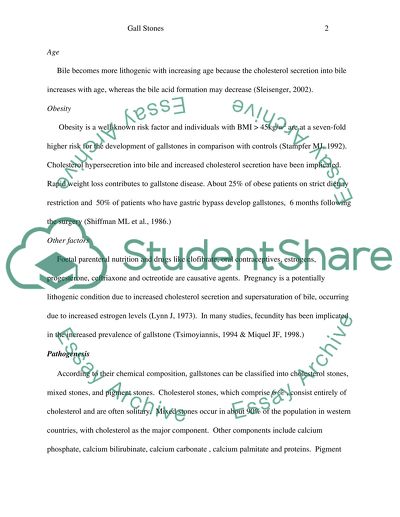Cite this document
(“Gallstones Essay Example | Topics and Well Written Essays - 3000 words”, n.d.)
Retrieved from https://studentshare.org/miscellaneous/1536001-gallstones
Retrieved from https://studentshare.org/miscellaneous/1536001-gallstones
(Gallstones Essay Example | Topics and Well Written Essays - 3000 Words)
https://studentshare.org/miscellaneous/1536001-gallstones.
https://studentshare.org/miscellaneous/1536001-gallstones.
“Gallstones Essay Example | Topics and Well Written Essays - 3000 Words”, n.d. https://studentshare.org/miscellaneous/1536001-gallstones.


